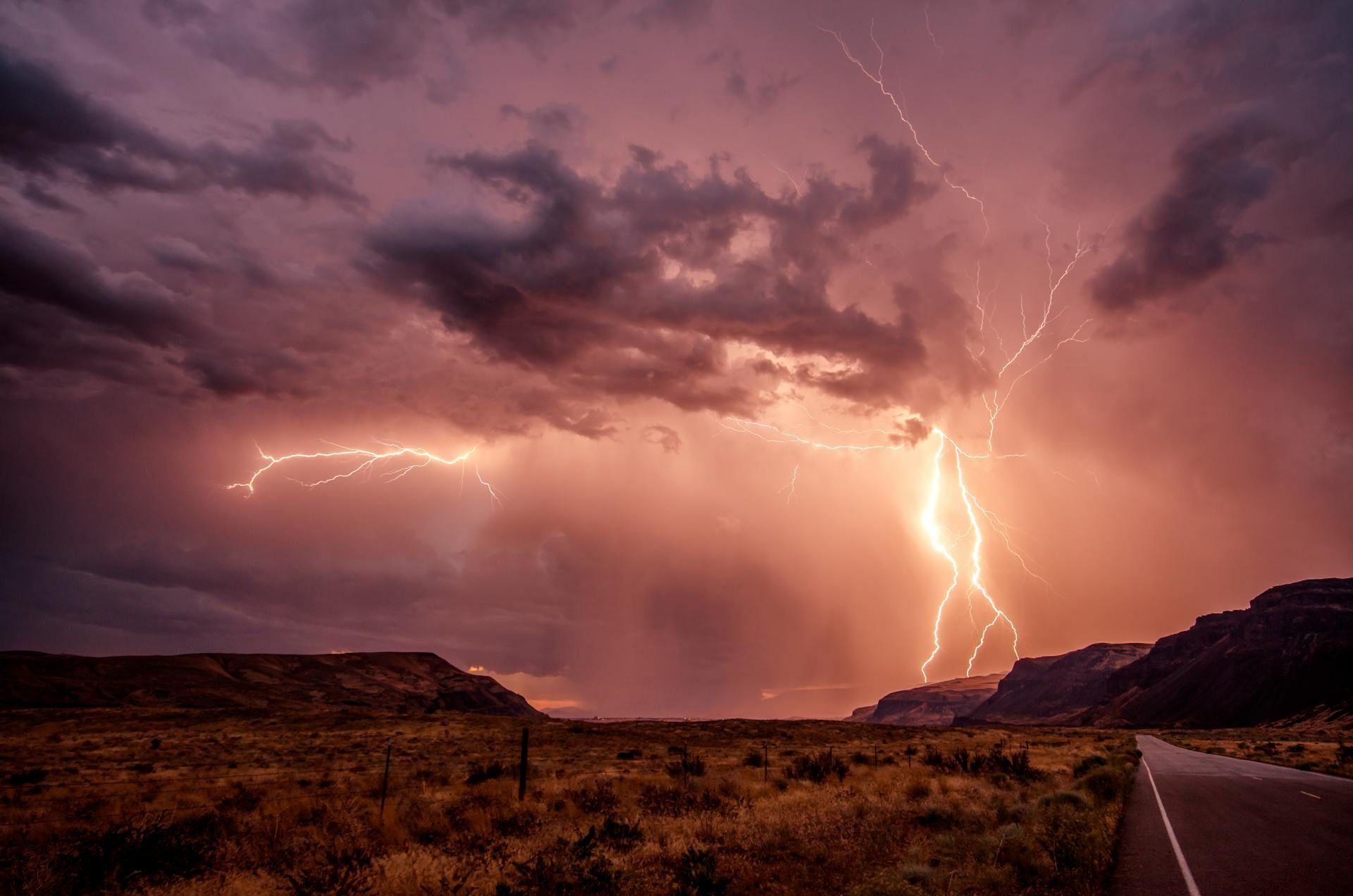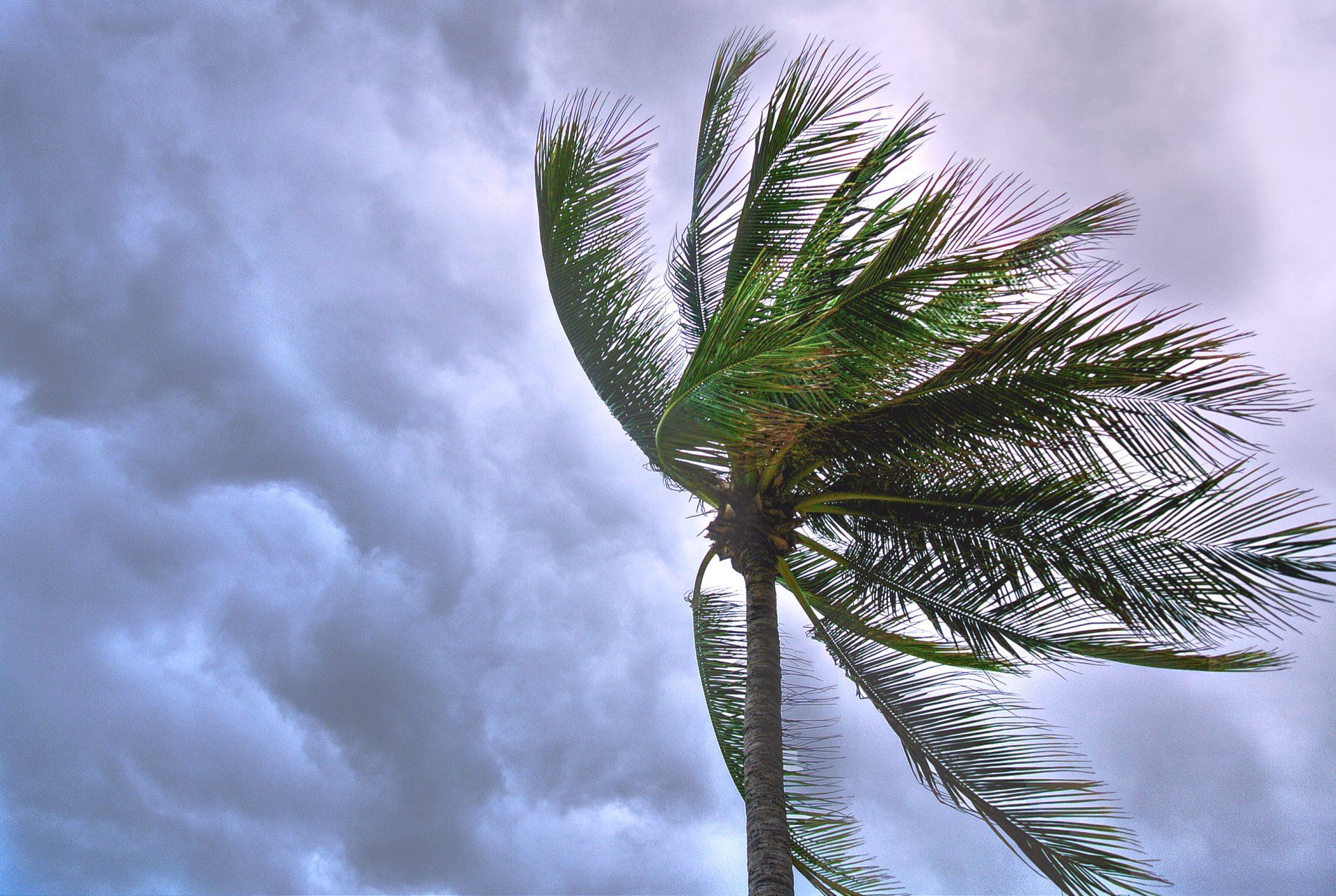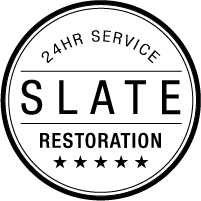Storm Damage in Phoenix: Safety Tips and Protection Strategies

Understanding The Possibility of Storm Damage
Phoenix, Arizona, and the surrounding East Valley, including cities like San Tan Valley, Queen Creek, and Apache Junction, are no strangers to storm damage, particularly during the monsoon season. The region experiences a variety of severe weather conditions such as dust storms, monsoon storm, flash flooding, and strong winds, which can cause serious damage to properties.
The Monsoon Season
The monsoon season in Arizona, typically from mid-June to the end of September, brings a significant change in weather patterns, characterized by high winds, heavy rain, and frequent thunderstorms. The term "monsoon" comes from the Arabic word for "season" and refers to the seasonal shift in wind patterns that brings moisture from the Gulf of California and the Pacific Ocean to the arid Southwest.
Types of Storms
- Dust Storms and Blowing Dust: Dust storms, also known as haboobs, are intense dust storms carried on winds, often seen before a monsoon storm. These can reduce visibility to near zero and cause respiratory issues and traffic accidents.
- Monsoon Storms: These storms bring heavy rain, lightning, and strong winds. Wind gusts can reach speeds that cause downed power lines and damage to buildings and trees.
- Flash Flooding: Monsoon storms can drop a large amount of rain in a short period, leading to flash flooding. Encountering a Flooded roadway is common, and the National Weather Service often issues flash flood warnings during these events.

Safety Tips During Storms
Before the Storm
- Stay Informed: Regularly check weather forecasts from trusted sources, such as the National Weather Service, to stay updated on storm warnings and alerts.
- Prepare Your Property: Secure outdoor furniture, trim trees to prevent branches from falling, and ensure your roof is in good condition to withstand strong winds.
- Create an Emergency Kit: Include essentials like water, food, flashlight, batteries, first aid supplies, and important documents.
During the Storm
- Stay Indoors: Avoid going outside during severe thunderstorms, dust storms, or heavy rain. The safest place is indoors, away from windows.
- Avoid Downed Power Lines: Stay clear of downed power lines, as they can be extremely dangerous.
- Seek Higher Ground: If you are caught in a flash flood, move to higher ground immediately. Do not attempt to drive through flooded roadways.
After the Storm
- Inspect for Damage: Once it is safe, inspect your property for storm damage. Look for downed trees, broken windows, and roof damage.
- Document and Report: Take photos of any damage and report it to your insurance company. This documentation will be crucial for claims.
- Call for Professional Help: Contact a restoration company like Slate Restoration to handle any water damage or structural issues. Our team is equipped to manage storm damage efficiently and effectively.
Protecting Your Property
Preventative Measures
- Install Storm Shutters: Protect windows from flying debris during high winds and dust storms.
- Maintain Gutters and Drains: Ensure gutters and drains are clear to prevent water buildup and potential flooding.
- Secure Loose Items: Store or tie down loose items in your yard to prevent them from becoming projectiles during strong winds.
During a Storm
- Monitor Weather Updates: Stay updated with the latest weather information from the National Weather Service.
- Use Sandbags: Place sandbags around your home to divert water away and prevent flooding.
Common Storm Damage
A monsoon storm in Phoenix can cause various types of damage:
- Roof Damage: High winds and heavy rain can cause shingles to lift, break, or be blown off, leading to leaks and structural damage.
- Window Damage: Flying debris can shatter windows, allowing rain and wind to enter your home.
- Flood Damage: Heavy rains can lead to water entering your home, damaging flooring, walls, and personal belongings.
- Power Outages: Downed power lines and electrical damage can result in power outages, leaving you without electricity for hours or days.
Dealing with Monsoon Damage
Monsoon damage can be extensive, requiring immediate attention to prevent further issues. Here are some steps to take:
- Safety First: Ensure your family and pets are safe. Avoid any areas with downed power lines or standing water.
- Contact Professionals: Call Slate Restoration for a thorough assessment and professional cleanup. We have the expertise to handle severe storm damage.
- Temporary Repairs: If it's safe, make temporary repairs to prevent further damage. This might include covering broken windows or placing a tarp over a damaged roof.
- Insurance Claims: Document all damage and contact your insurance company to file a claim. Provide photos and a detailed account of the damage.
Impact of Dust Storms
Dust storms, or haboobs, are a frequent occurrence in Phoenix and can cause significant issues:
- Visibility: Dust storms can reduce visibility to near zero, making driving extremely dangerous. Always pull over and wait for the storm to pass if you’re caught driving in one.
- Health Risks: Blowing dust can cause respiratory problems, especially for those with asthma or other respiratory conditions.
- Property Damage: Dust can infiltrate homes, damaging electronics, HVAC systems, and other sensitive equipment.
Severe Thunderstorms and Strong Winds
Severe thunderstorms often accompany the monsoon season, bringing with them strong winds, lightning, and heavy rain:
- Strong Winds: These can cause trees to fall, power lines to come down, and structural damage to buildings. Ensure trees are trimmed and weak branches are removed before the storm season.
- Lightning: Lightning can cause fires and electrical damage. Installing lightning rods can help protect your home.
- Heavy Rain: Can lead to flooding and water damage. Make sure your home’s drainage systems are clear and functional.
The Role of the National Weather Service
The National Weather Service (NWS) plays a crucial role in keeping the public informed about severe weather conditions:
- Weather Alerts: The NWS issues alerts for severe thunderstorms, dust storms, flash floods, and other dangerous weather conditions. Staying informed through these alerts can help you take timely action to protect yourself and your property.
- Safety Tips: The NWS provides valuable safety tips and guidelines for preparing for and responding to severe weather events.
Slate Restoration: Your Partner in Recovery
When storm damage occurs, it's essential to have a reliable restoration partner. Slate Restoration offers comprehensive services to help you recover from storm damage:
- Water Damage Restoration: From minor leaks to significant flooding, our team handles water extraction, drying, and mold prevention.
- Structural Repairs: We repair roofs, windows, and other structural elements damaged by storms.
- Emergency Services: Available 24/7, we respond quickly to minimize damage and begin the restoration process.
Conclusion
Storm damage in the Phoenix area is a serious concern, particularly during the summer thunderstorm season. By staying informed, taking preventative measures, and knowing what to do during and after a storm, you can protect your property and ensure the safety of your loved ones. For professional assistance, contact Slate Restoration to handle any storm-related damage swiftly and effectively.
